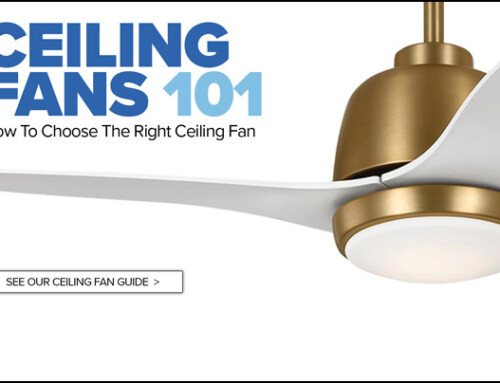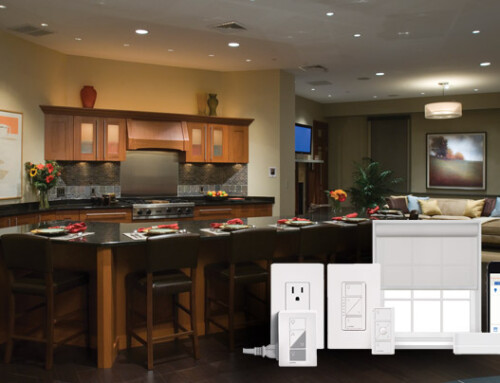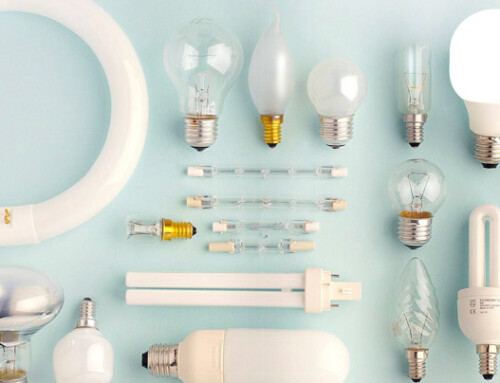Gas and propane prices going up. Energy shortages and concerns about future costs. It’s clear that America’s energy needs are fast outpacing supply. But it’s not hopeless. There are so many smart steps that we can take and, if enough people get on board, the impact will be tremendous.
Start with your home’s light bulbs. Most of us don’t give them much thought. But the old incandescents that we still use are extremely inefficient – and they will soon be obsolete. Replacing just one incandescent bulb with an LED bulb will save an average of $151 per bulb over its lifetime because they use so much less electricity. Another advantage is that they last up to 25 times longer than incandescents, so fewer bulbs are going into landfills. Not to mention that you will use less energy cooling your house – just feel how hot incandescents are as compared to LEDs (or CFLs). The newer bulbs come on instantly and have warmer tones that are much more similar to incandescents than earlier types of compacts.
Speaking of coming on instantly, there are lights that turn on when you enter a room and turn off when you leave it. These fixtures are ideal for spaces that you visit less frequently and might miss a burning light. Or for rooms where you tend to enter or leave with arms full, such as a laundry room or garage. They’re easily installed and relatively inexpensive: $95.50 for a low profile ceiling light. They even use LED or CFL bulbs so you get the best of both worlds: low consumption and more efficiency. View some sample lights here.
Got teen-agers? Tired of telling them to turn off the bathroom lights when they’re done? Get a Watt Stopper. It’s a wall switch that senses when nobody’s in the room and turns off the light. They are designed to replace standard wall switches and engineered to comply with California’s rigorous Title 24 residential energy code. They even glow at night so you can find the switch, plus there’s an even brighter optional nightlight feature. It’s great for basements, too.
Think about dimmers. Installing dimmer switches in a new home or adding dimmers to frequently-used switches will cut energy use and save you money.
Consider installing one in your bathroom – mornings might be a little less jarring if you start the day with a softer glow rather than full bright light. Or use dimmers in the dining room to create ambiance for entertaining. Kitchens are another place to use dimmers for various tasks, from homework to meal preparations to late-night ice cream runs.
Finally, Shakespeare’s merry wanderer of the night, Puck the prankster, would probably be delighted at his new namesake: the LED Thirty Puck light. This Puck light uses LED technology instead of halogen bulbs. These are small lights that can be surface or recess-mounted (think under-cabinet in your kitchen, in a display cabinet, or over a wet bar) and they use just 1.5 watts of energy each to put out the equivalent light of a 20-watt halogen puck light. They have a warm white light and stay cool. The best news? They last for up to 60,000 hours, which works out to 30 years (at 5 hours a day year round). And they’re really cute.
The bottom line is that we all need to start thinking smart in more energy-conscious ways. Wasting energy is not only expensive, it’s bad for the environment. Energy efficiency isn’t hard and can actually have a positive impact on your lifestyle. Best of all, you can feel really good about improving your home.
Stop by to learn about energy saving lighting and controls and see sample products!







